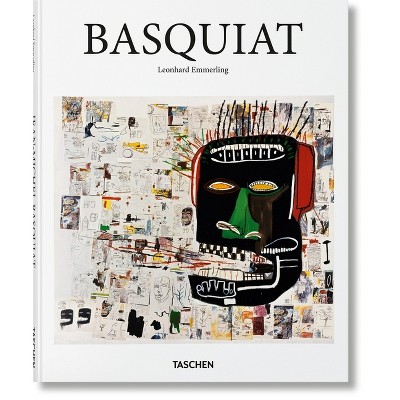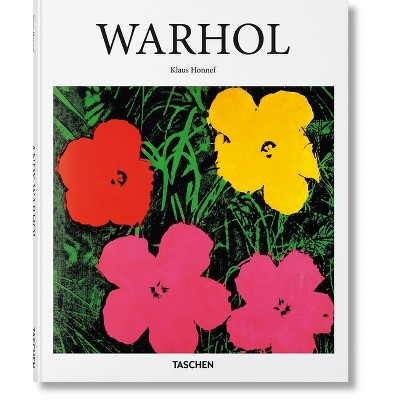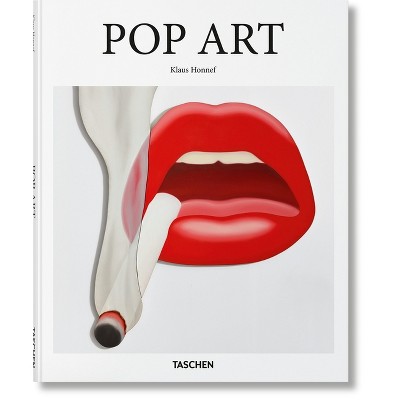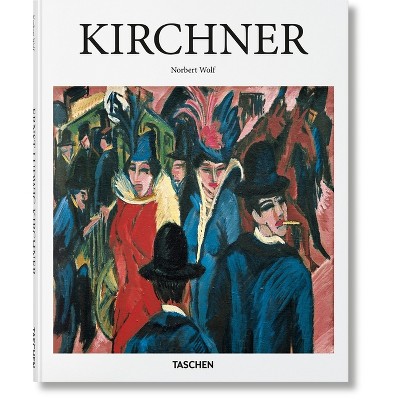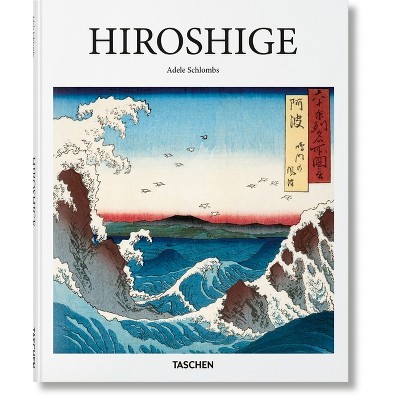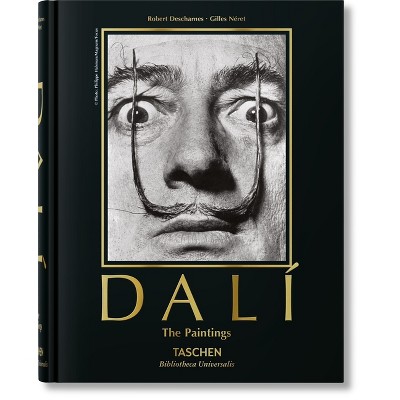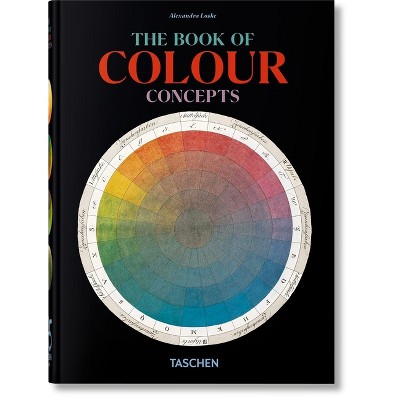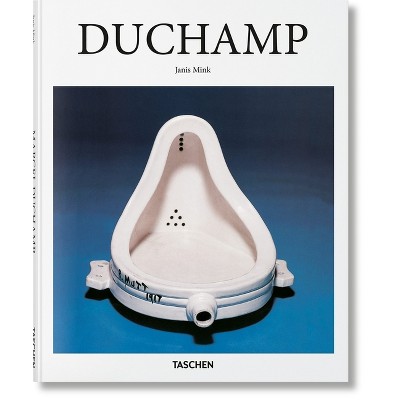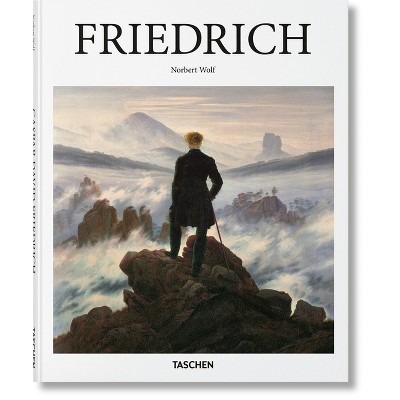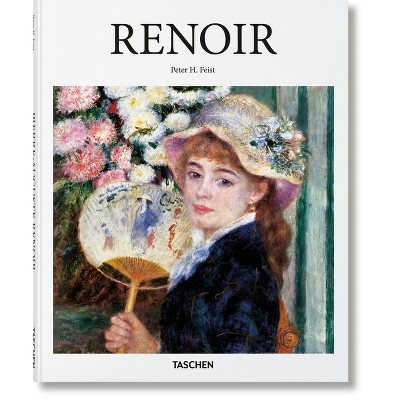Sponsored

Haring - (Basic Art) by Alexandra Kolossa (Hardcover)
In Stock
Sponsored
About this item
Highlights
- One of the key figures in the New York art world of the 1980s, Keith Haring (1958-1990) created a signature style that blended street art, graffiti, a Pop sensibility, and cartoon elements to unique, memorable effect.
- Author(s): Alexandra Kolossa
- 96 Pages
- Art, Individual Artists
- Series Name: Basic Art
Description
About the Book
Keith Haring spent little more than a decade in the spotlight, but in his singular blend of street art, graffiti, a Pop sensibility, and cartoon elements, he created stalwarts of modern pop culture as much as vivid social and political statements. From his first subway drawings through to his Pop Shop in SoHo, this concise introduction explores Haring's innovation and activism at the heart of the 1980s New York art scene.Book Synopsis
One of the key figures in the New York art world of the 1980s, Keith Haring (1958-1990) created a signature style that blended street art, graffiti, a Pop sensibility, and cartoon elements to unique, memorable effect. With thick black outlines, bright colors, and kinetic figures, his public (and occasionally illegal) interventions, sculptures, and works on canvas and paper have become instantly recognizable icons of 20th-century visual culture.
From his first chalk drawings in the New York City subway stations, to his renowned "Radiant Baby" symbol, and his commissions for Swatch Watch and Absolut Vodka, Haring's work was both emblematic of the manic work ethic of 1980s New York, yet distinctive for its social awareness. Belying their bright, playful aesthetics, his pieces often tackled intensely controversial socio-political issues, including racism, capitalism, religious fundamentalism, and the increasing impact of AIDS on New York's gay community, the latter foreshadowing his own death from the disease in 1990.
In this vivid introduction to Haring's work, we explore the dynamic life and innovative spirit of this singular artist, who spent little more than a decade in the spotlight, but through the accessibility of his visual vocabulary and the strength of his political commitment became one of the most significant artists to emerge from New York's vibrant, downtown community.
Shipping details
Return details
Guests also viewed
